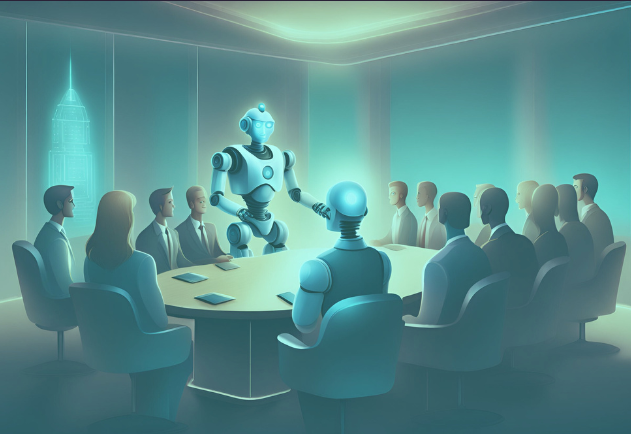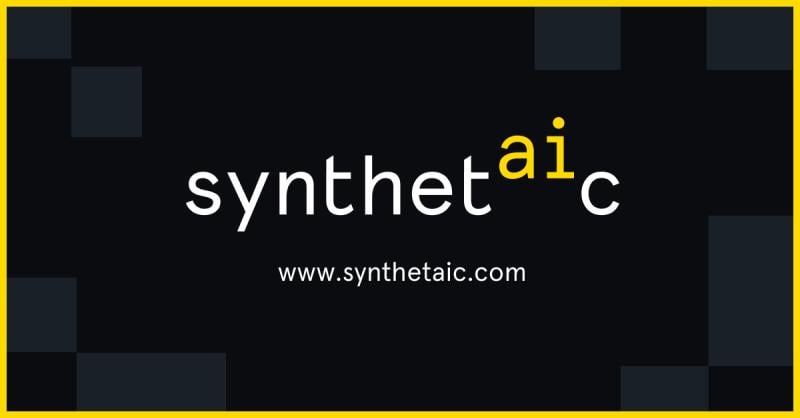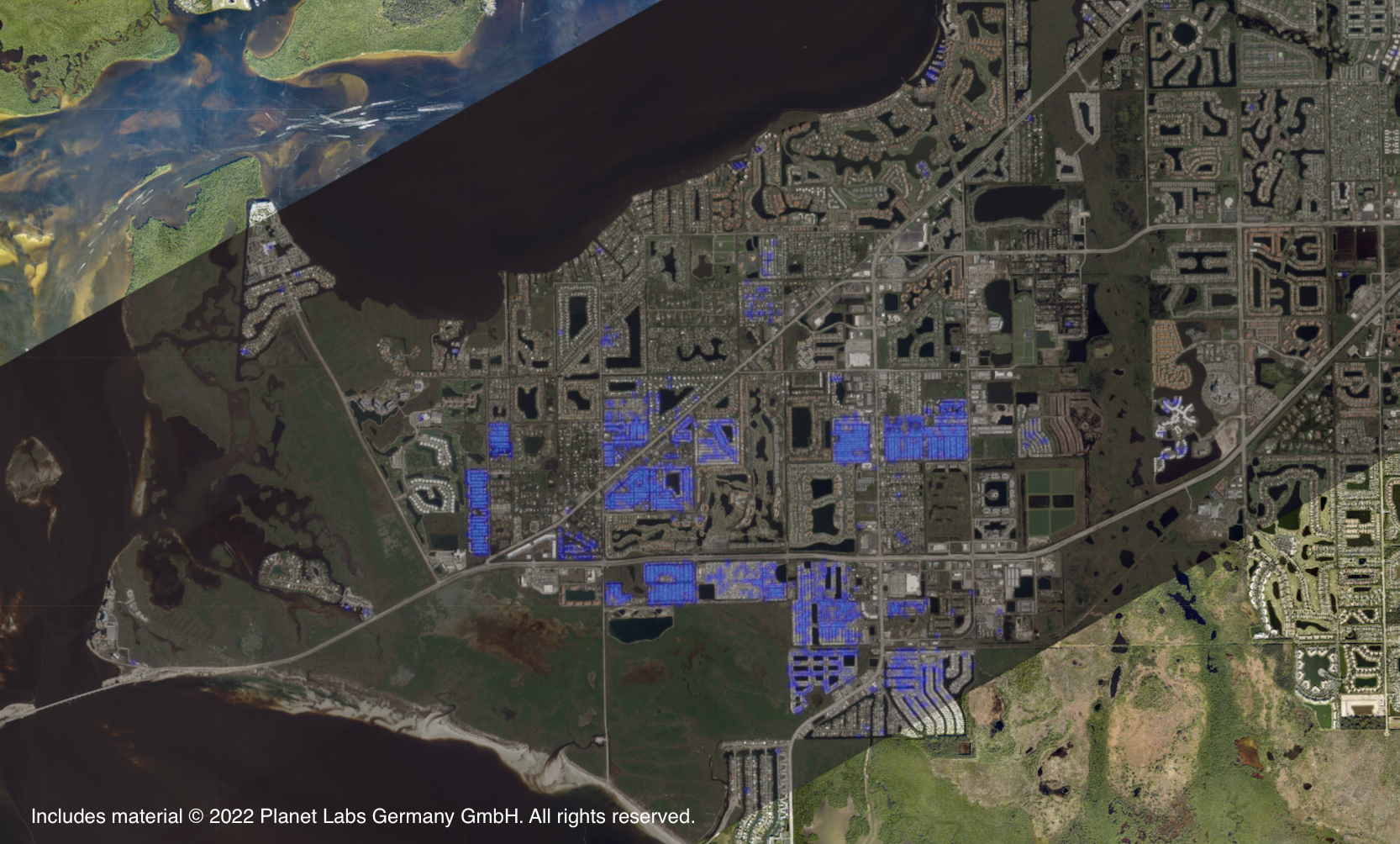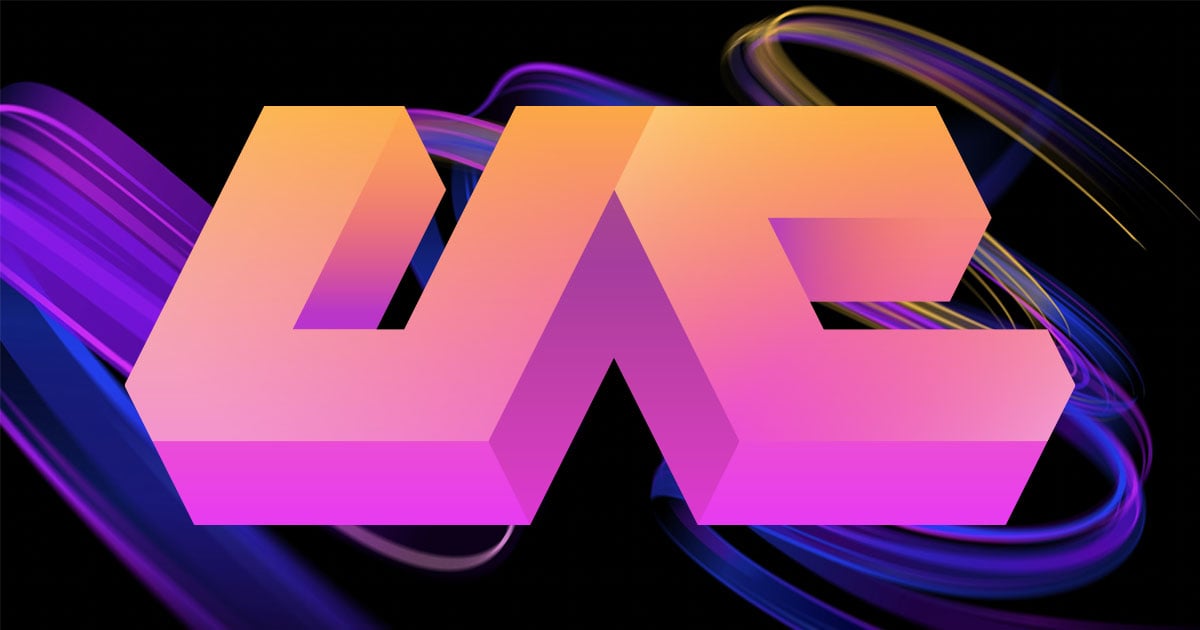How Human-Machine Collaboration in RAIC Makes the Impossible Possible

Artificial intelligence feels ubiquitous—probably because we’re constantly hearing about it. You can’t scroll through the news without seeing breathless headlines with big promises about how AI technology will transform our lives for the better — or, alternatively, that it will bring the imminent downfall of humanity.
It’s probably safe to say the reality will be between these two extremes. Users of AI are reaping efficiency benefits, and the ceiling for its future contributions is sky-high. At the same time, some of AI’s risks — reinforcing bias, causing mass job loss, and producing harmful disinformation — are already playing out, setting off alarm bells for those resisting its proliferation.
All of this informs Synthetaic’s approach to AI. In the tools we build, AI does what it does best, in collaboration with humans doing what they do best. The human-AI collaboration at the core of our software isn’t just a responsible approach — it’s the secret to its speed, scale, and flexibility.
Human-AI Collaboration in RAIC
RAIC is a platform for analyzing satellite, image, and video data. Without models, and without labels, RAIC allows users to search for any visible object of interest in massive datasets. Here’s how it works:
Three phases of exploration in RAIC
Phase 1 — Ingest
It starts with your visual data: image, video, or geospatial — rich with potential insight, but it’s all locked inside. Ingest your raw data, and our unsupervised AI builds a compressed vector space representation of it, making your data instantly searchable.
Phase 2 — Search
Search starting from a single seed image. RAIC returns results for your search, arranged in a context map, or a 2-D map containing clusters of imagery that closely match your seed image. The context map facilitates fine selection of other images to create a dataset.
You also have a variety of options for prototyping and training AI models in RAIC.
Phase 3 — Insights
Your search results, models, and categories can all be taken from RAIC into your existing workflows, where you can continue using them to produce actionable insights to drive decision-making at your organization.
Your Subject Matter Expertise + RAIC’s Speed at Scale = Magic
Human-AI collaboration can be found throughout the three phases, but is the most central to the Search phase.
It’s important to understand that when RAIC searches your visual data, it doesn’t “know” what it’s looking at, in terms of the actual content. It analyzes its vector representations, which character the different, human-understandable features of an image. RAIC does all of the heavy lifting for you by, in an inherently unbiased way, identifying patterns and similarities within datasets ranging in size from a few hundred images to tens of millions.
The context map RAIC delivers after each search arranges and clusters results by similarity to your object of interest (OOI). It doesn’t say “these are the OOI and these are not”; rather, it says “these seem a lot like the OOI; these seem less so,” and so on. That’s because we built RAIC with the understanding that you are the expert on your data.
RAIC’s algorithmic understanding of your data enables faster analysis than human eyes alone could ever achieve. You don’t need AI expertise to use it, but your specialized subject matter expertise around the data is a key piece of the equation. Together, you and RAIC become a data analysis super-duo, working with speed, scale, and flexibility that would otherwise be impossible.



